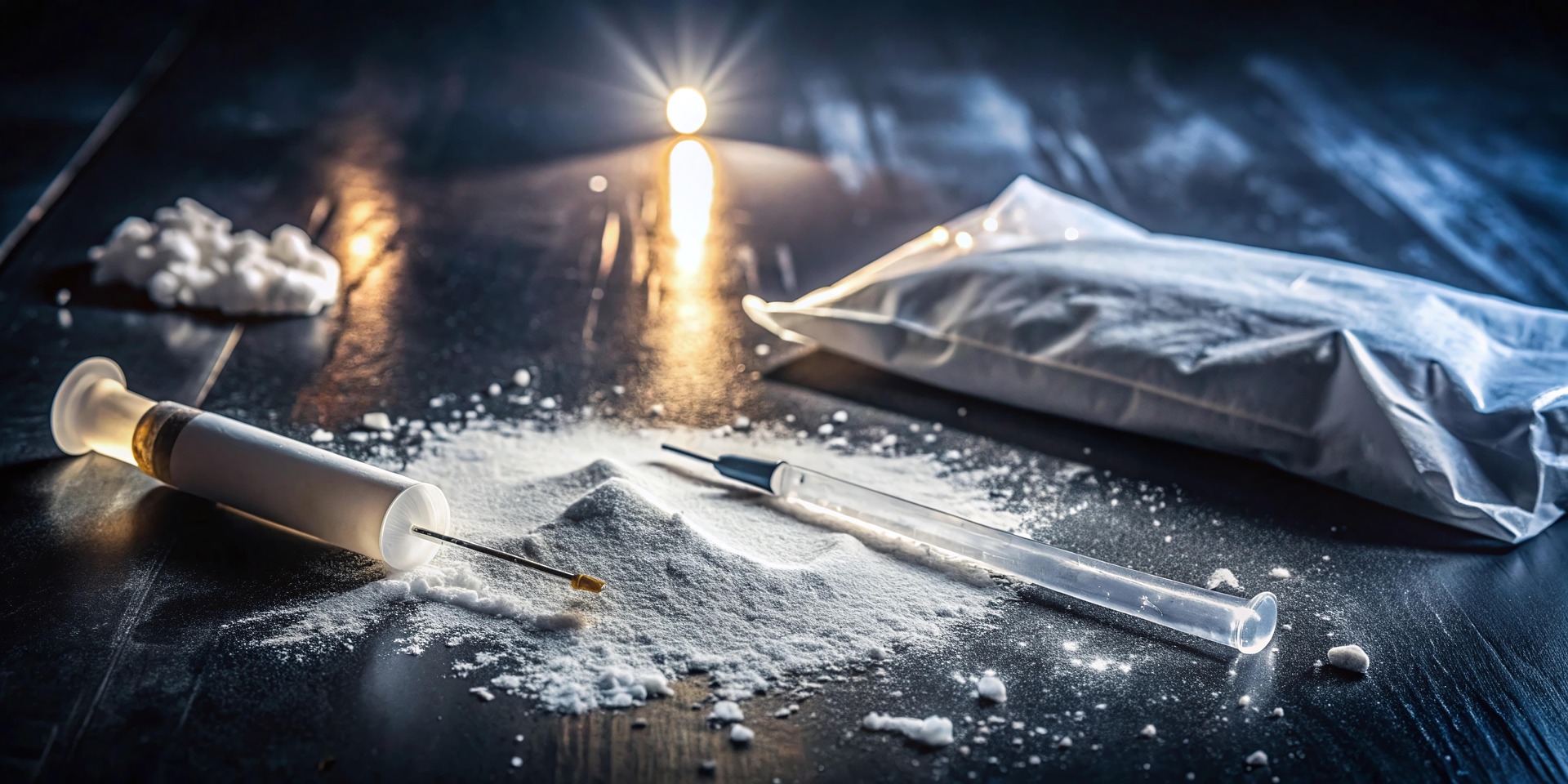By Nancy Goldstein and Claire Grubb
“Someone help! I think they’re overdosing!” In a packed waiting room at an outpatient clinic treating opioid use disorder, this statement will erupt the building into chaos.
Patients, mental health counselors, nurses, and physicians flood into the hallway to get a look at the situation. Employees scramble through their desks, searching for Naloxone. But who is going to call EMS? Can a health care provider reach the patient? Who is responsible for delivering care?
Concerns for crowd control, supply readiness, and leadership prompted our team to investigate how outpatient facilities can improve their response to an overdose episode. In January 2025, we published our original research findings in an American Journal of Nursing article, “Is Your Outpatient Office Prepared to Manage an Opioid Overdose?”

Incidence of Overdose Deaths
Fourteen years after the Centers for Disease Control (CDC) declared the opioid epidemic a public health crisis—largely driven by fentanyl, a highly potent opioid—2024 marked the first year with a decline in overdose deaths. Yet 87,000 people in the United States still lost their lives to an opioid overdose. Outpatient facilities play a critical role in sustaining this progress and must be prepared to act swiftly and effectively during overdose situations.
What we know about reversing an overdose
Naloxone (brand name Narcan) is now the gold standard for reversing opioid overdoses. It is available in injectable forms or as a nasal spray, which is the most accessible option. In the U.S., Naloxone is sold over the counter at pharmacies and distributed for free at clinics.
Many health care workers and first responders are trained in Naloxone administration through Basic Life Support (BLS) and Advanced Cardiovascular Life Support (ACLS) certification programs. Additionally, there are dozens of in-person and online Naloxone courses that train providers to recognize the signs and symptoms of opioid overdose and properly administer the drug.
However, this baseline of knowledge still doesn’t address every factor of an overdose scenario. While Narcan is becoming more widely available, a truly effective response requires clear procedures, coordination, and planning to support smooth intervention and recovery.

What makes an emergency response effective in an outpatient setting?
“Is Your Outpatient Office Prepared to Manage an Opioid Overdose?” reviewed literature on the best practices in outpatient emergency response from the past 10 years. We found that, to successfully prepare for an event, outpatient facilities need simulation training, response team organization, equipment readiness, and establishment of emergency actions and protocols. Therefore, we recommend the following best practices:
- Designate a point of contact and conduct weekly equipment checks;
- Conduct staff trainings simulating an overdose every three months to two years;
- Coordinate with EMS to identify the closest emergency department;
- Enhance community involvement and education.
By adopting these practices, outpatient facilities can build safer, more responsive environments for both staff and patients.
Standardizing guidelines
Currently, there are no national guidelines for overdose response at outpatient offices. Our hope is that the recommendations in, “Is your outpatient office prepared to manage an opioid overdose?” will help offices develop their own protocols, improve preparedness, and save lives.
Nancy Goldstein is an assistant professor and researcher at the Johns Hopkins School of Nursing, where Claire Grubb is a graduate student.
